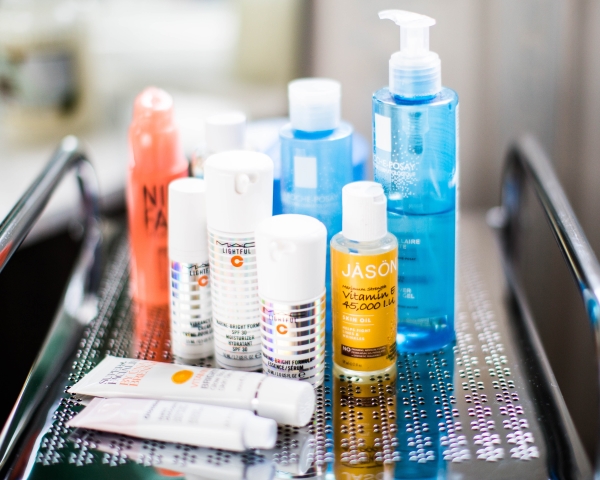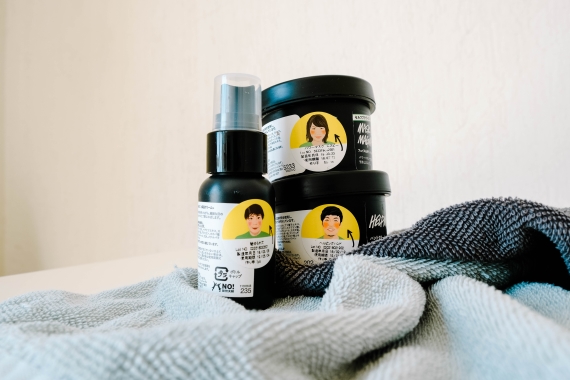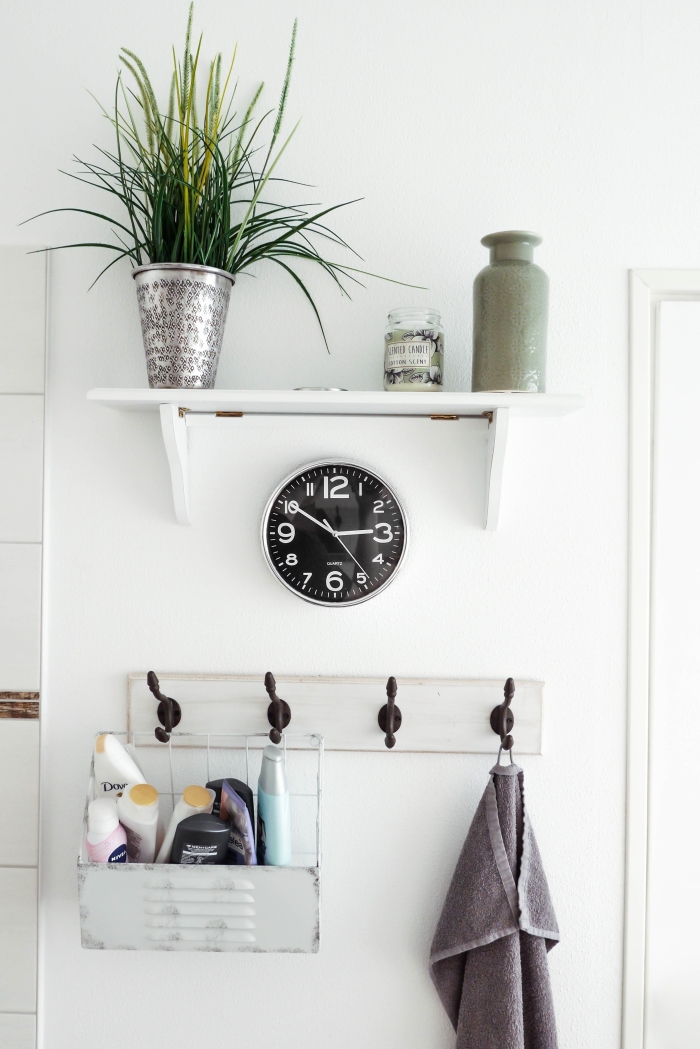Fragrance is a very important purchasing factor in many home and personal care products.
For products like deodorant, laundry detergent and air fresheners, what the product smells like is consistently rated as a top purchase driver by consumers. This comprehensive research study by Mintel, Scent Trends in Personal Care and Household details statistics regarding consumer purchasing behaviour and scent.
Top Scent Trends
Mintel reports that in general, fragrance is a top 5 purchasing factor for all products across the personal care and household categories around the world (including soap, bath and shower products, deodorant, laundry detergent, fabric softener, hard surface cleaners, dishwashing liquid and more). For some product categories, like deodorant, ‘fantasy’ smells are the most popular and best-selling. However, for fabric and air care products, floral scents are most beloved by consumers as is citrus in cleaning products.
To find out how you can leverage these insights with your brand’s product, read more below!
(Check out this blog post for more statistics)


Using Scented Point of Sale Materials to Drive Sampling and Sales
According to this statistic in the report, 36% of US consumers always check what a deodorant product smells like before buying it. Consumers don’t spend the time to open and smell every product to decide which one to purchase. Since smell is such a big purchasing factor for deodorant and other personal care and household products, providing a scented sample can make your product stand out. Moreover, it can also help the consumer connect with your brand by providing a higher quality interaction, versus opening the product to smell it. Finally, It is important to motivate consumers to interact with the product when they originally had no intention to.
Read More: How to Use Scent to Drive Purchasing Decisions In-Store.
Check out our Scented Point of Sale Solutions.
Add More Value to Your Product by Adding Scent
Mintel suggests that by adding scent to a product, “functional products can be seen as more sophisticated thanks to fragrance.” Adding a pleasant scent is an easy way to upgrade functional categories and add value to a product. As a result, consumers are willing to spend more on a nice-smelling product than an unscented one.
A great example of this are candles. Scented candles are all the rage right now both in store and online. Consumers love purchasing scented candles, even at a high price point, for the smell it brings to a space.
Read More: How to Create a Blazing Scented Sampling Marketing Plan For Your Candle Business.
Experiment With Scents for Different Seasons & Holidays
Scent helps segment categories by occasion, location, demographic and time of day. A great category to hone scent in is occasion — seasons, moods and time of year. Mintel advises, “seasonal scents offer entry points into added benefits.” Catering to seasonal needs and holidays can be a great starting point to experimenting with new fragrances and adding scent into a product that didn’t have one before.
For example, creating a Christmas and holiday scent line of products. Consumers love the holiday season and the smells that come with it. Activate these scents to boost your brand’s holiday promotions and increase end of the year sales.
Read More: Unlock Scents This Christmas Season.


